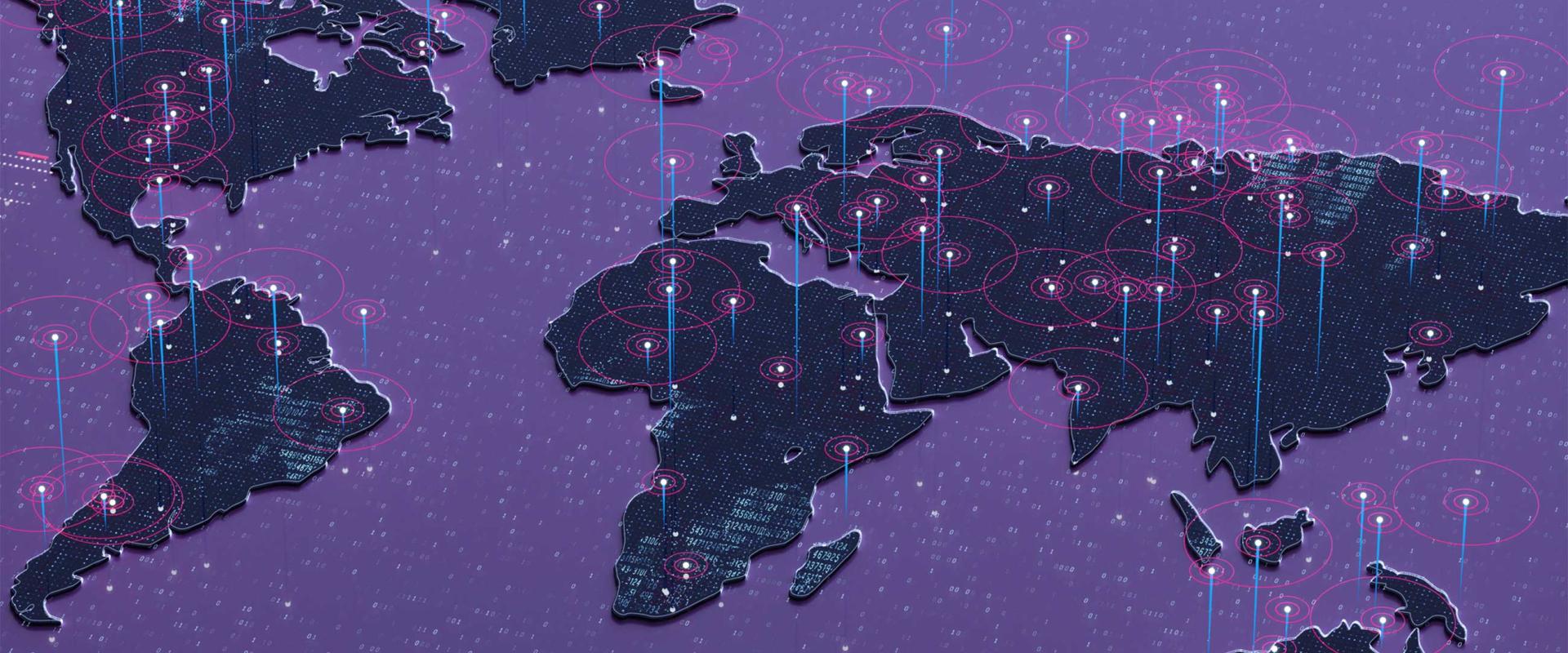- Satellites are evolving from backup solutions to primary connectivity providers for telcos, offering global reach and high performance.
- Advanced satellite technology enhances telco services with improved flexibility, resilience, and cost-effectiveness.
- SES's multi-orbit strategy and standards-based approach make it a key partner for telcos as they strive to deliver 5G services to more customers worldwide.

Enterprise and Cloud
For decades, telecommunications companies have utilised satellite technology, yet there remains a reluctance to embrace its full potential. This hesitation often stems from past negative experiences with what was perceived as satellite’s higher costs, cumbersome hardware, and lower performance.
However, advancements in satellite technology enable it to play a more important role in telcos' overall strategy and service delivery models going forward.
Satellite Strengths Can Enhance Telco Services
Satellite technology continues to evolve and improve, providing benefits that align well with the needs of telco providers, including:
- Reach: Satellites offer significant global coverage. This is particularly valuable for islands such as the Galapagos Islands and Papua New Guinea, as well as other remote areas where traditional fibre cable infrastructure does not exist. Satellite is also well suited for mobile transportation applications such as maritime or inflight.
- Performance: Modern Geostationary (GEO), Medium Earth (MEO), and Low Earth (LEO) orbit satellites deliver unprecedented performance levels. Our O3b mPOWER constellation delivers the highest throughput from space - up to 1.5 Gbps - to a single terminal. This enables telcos to deliver optimised 5G and Cloud experiences globally and unlock real-time applications.
- Flexibility: Satellites excel at meeting temporary spikes in demand, such as special events with thousands of people, like sporting competitions or conventions. SES provided satellite-based connectivity using its O3b MEO constellation to support a major sporting event in Qatar. This backup solution ensured network resilience with 10 Gbps of bandwidth and direct connectivity to a Microsoft data centre.
- Resilience: Satellites offer fast, restoration connectivity when terrestrial (wired) network infrastructure is damaged, such as when submarine cables were damaged recently in Tonga or in disaster recovery scenarios.
SES's Capabilities Deliver Advantages to Telcos and Their Customers
Our multi-orbit strategy for telcos and their customers sets us apart in the industry, with the ability to connect GEO and MEO orbits and move data between them. We also excel in integrating terrestrial and non-terrestrial networks with dynamic network intelligence.
Our next-generation MEO constellation, O3b mPOWER, is now online and delivers ultra-high throughput and low latency connectivity to remote areas where fibre is not viable.
We take a standards-based approach, following the (MEF) standards for telcos, allowing interoperability with other MEF-based telcos.
The Future: More Telcos Look to Space
As telcos look to expand their services geographically, satellites are becoming an essential tool for reaching remote areas with high performance and resilience. The capabilities of satellites make them well suited to help Telcos to support both enterprise and government customers, while enabling a wide range of services and use cases, including private 5G networks, mobile backhaul, rural connectivity, and high-throughput aggregation sites.
At the same time, the perception of satellite is shifting from a backup to a primary provider. Satellite's evolving capabilities help telcos enable digital transformations, regardless of location or terrain. This makes advanced applications work on a global scale and provides an optimal customer experience.





